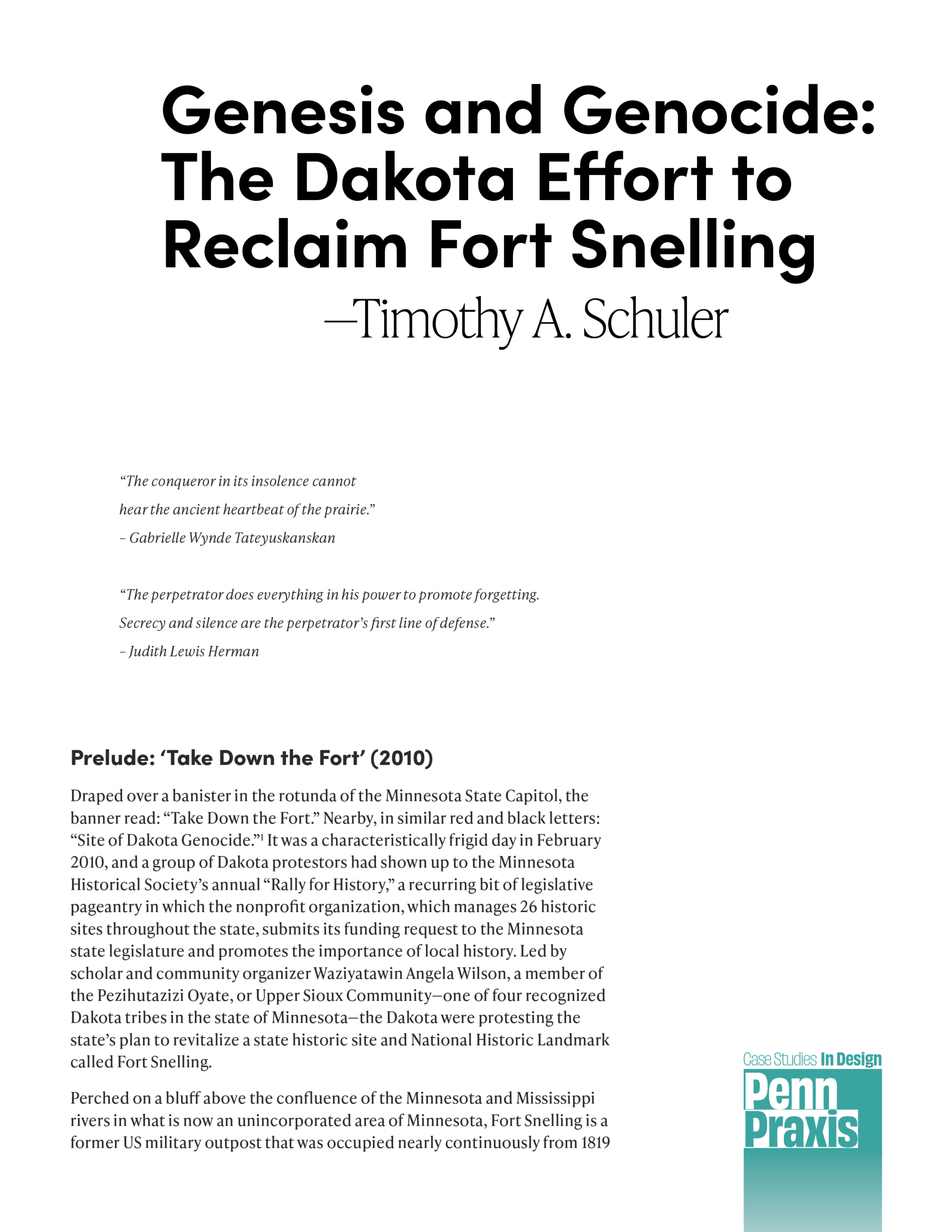Living Lab Northern Rivers: A Case Study in Recovery Planning Co-design
With more extreme climate events happening across the globe, what roles can designers and planners play in supporting community-driven recovery? How should the processing of grief and loss inform the co-design process? What does ethical recovery look like when building back is not a viable option? How can creativity be woven into processes of building adaptive capacity while recovery is ongoing?

